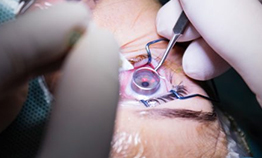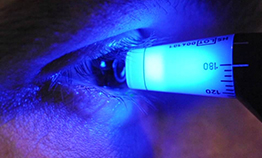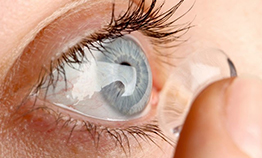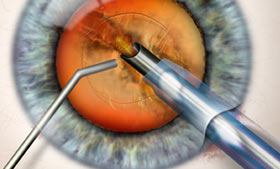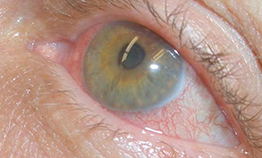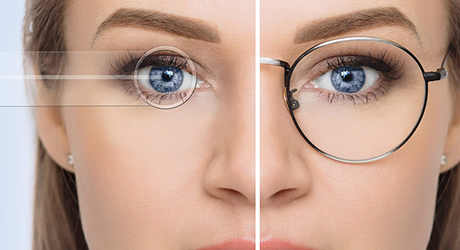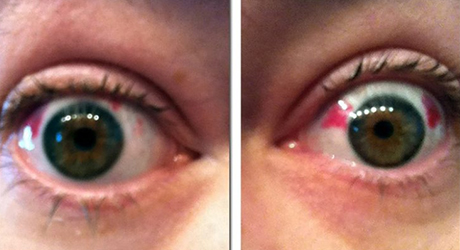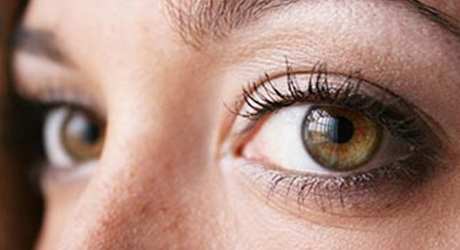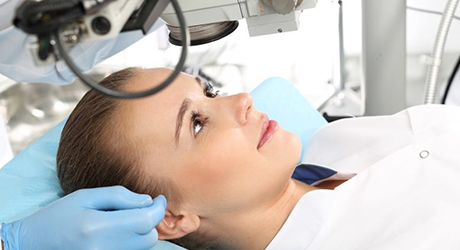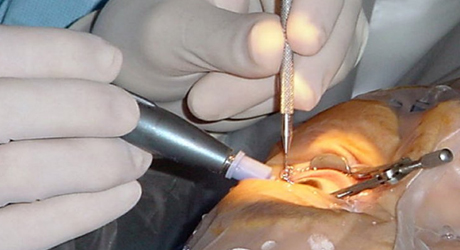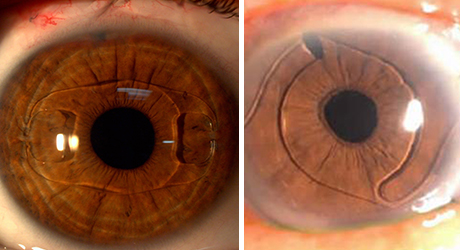Retina
Age-related Macular Degeneration
AMD is a common eye problem and is one of the primary causes of vision loss in people who are aged over 50 years. It damages the macula, which is a tiny area near the center of the retina. It is needed by the eye clear, central vision, to see objects that are straight ahead. Treatments such as injections, photodynamic therapy or laser surgery might be prescribed.
Diabetic Macular Edema (dme)
Diabetic Macular Edema (DME) is the condition where of fluid in the macula —part of retina that is responsible for detailed vision abilities— collects excessively due to leaks in blood vessels. It is usually treated with laser treatments.
Diabetic Retinopathy
People suffering from diabetes can have diabetic retinopathy. This condition occurs when high blood sugar levels cause damage to retinal blood vessels.The condition can lead to loss in vision. Treatment can include control of blood sugar and pressure through lifestyle and diet changes, specialized injections, laser surgery, or vitrectomy.
Floaters
Eye floaters are usually caused by age-related changes that occur as the vitreous substance inside your eyes becomes more fluid. Contact an eye specialist immediately if you notice a significant increase in eye floaters than usual, sudden presence of new floaters, flashes of light in the eye that has floaters, and darkness on the sides of your vision, as this may indicate a vision threatening condition.
Hypertensive Retinopathy
When a person’s blood pressure is too high, the walls of the retinal blood vessel can thicken, restricting blood flow. Over time, this can damage the retina’s blood vessels, restrict the retina’s functions. This is known as hypertensive retinopathy. The condition is controlled through lifestyle changes and medications.
Retinal Vein Occlusion
When a vein in the retina is blocked, it is unable to drain blood from the area. This leads to bleeding and leakage of fluid from the blocked blood vessels. This condition is retinal vein occlusion.Some of the treatments for retinal vein occlusion include VEGF drugs, intravitreal injections, focal laser therapy, or pan-retinal photocoagulation therapy.
Macular Hole
A macular hole is a minuscule hole in the macula region of the retina. It provides the clear, central vision that is required for activities like reading, driving, etc. Severe cases may require surgery for treatment.
Epiretinal Membrane/Macular Pucker
In this condition scar tissue forms on the eye’s macula, located in the center of the retina. A epiretinal membrane can cause blurred and distorted central vision. When the condition affects day to day functioning vitrectomy surgery may be recommended.
Macular Edema
This is the collection of fluid in the macula, of the retina. The liquid buildup causes distortion in the vision. Processes such as focal laser photocoagulation and drugs injected directly into the eye can be used for treatment.
Retinal Detachment
When the retina detaches, it is moved from its normal position. If not promptly treated, the condition can lead to permanent loss of vision laser surgery, vitrectomy or freeze treatments are commonly used for treatment.
Retinal Tear / Retinal Hole
Retinal holes and tears are tiny breaks in the retina that can show symptoms like cloudy, or blurry vision, or dark shadow in sides of vision. Laser photocoagulation, cryopexy, and diathermy are some processes that are commonly used to treat retinal tears.
Retinal Hemorrhage
This is a disorder of the eye in which bleeding occurs in the tissue on the back of the eye. It can be caused due to hypertension, retinal vein occlusion or diabetes. If required laser surgery or anti-vascular endothelial growth factor (VEGF) drugs might be recommended.
